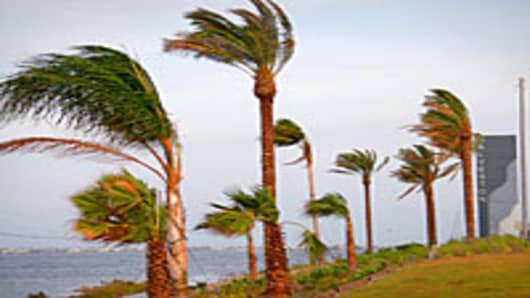With the summer blast furnace extinguished and temperatures moderating, natural gasinventories registered the first triple-digit increase in storage levels since May. The weekly report from the energy information administration showed that natural gas inventories grew 103 billion cubic feet (bcf). The consensus injection outlook was for around 90 bcf. As you might expect, prices took the news hard and broke below $4.00 to $3.85.
With the summer ending this weekend and the outlook for a warmer-than-normal winter, prices might be expected to stay below $4.00 for the foreseeable future.
Not so fast.



